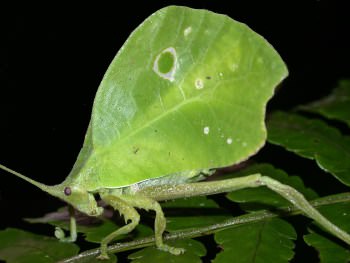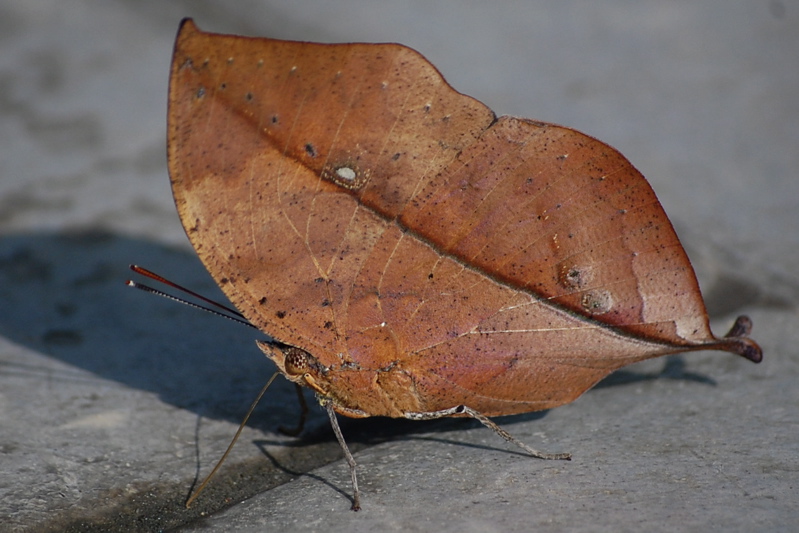Svar till Klyftpotatis [Gå till post]:
2. Mutation är inte destruktiv. Mutation är en ändring i de genetiska förutsättningarna en individ har. Vilket om det är en negativ förändring så dör den mutationen snabbt bort, medan en positiv förändring, t.ex. ett bra kamouflage gör så att den muterade arten lever vidare.
2. Mutation är inte destruktiv. Mutation är en ändring i de genetiska förutsättningarna en individ har. Vilket om det är en negativ förändring så dör den mutationen snabbt bort, medan en positiv förändring, t.ex. ett bra kamouflage gör så att den muterade arten lever vidare.
vi ser hur mutationer ändrar djur
Neo-Darwinism and Mutations
In order to find a solution, Darwinists advanced the "Modern Synthetic Theory," or as it is more commonly known, Neo-Darwinism, at the end of the 1930s. Neo-Darwinism added mutations, which are distortions formed in the genes of living beings due to such external factors as radiation or replication errors, as the "cause of favorable variations" in addition to natural mutation.
Today, the model that Darwinists espouse, despite their own awareness of its scientific invalidity, is neo-Darwinism. The theory maintains that millions of living beings formed as a result of a process whereby numerous complex organs of these organisms (e.g., ears, eyes, lungs, and wings) underwent "mutations," that is, genetic disorders. Yet, there is an outright scientific fact that totally undermines this theory: Mutations do not cause living beings to develop; on the contrary, they are always harmful.
The reason for this is very simple: DNA has a very complex structure, and random effects can only harm it. The American geneticist B. G. Ranganathan explains this as follows:

Since the beginning of the twentieth century, evolutionary biologists have sought examples of beneficial mutations by creating mutant flies. But these efforts have always resulted in sick and deformed creatures. The top picture shows the head of a normal fruit fly, and the picture on the left shows the head of a fruit fly with legs coming out of it, the result of mutation
First, genuine mutations are very rare in nature. Secondly, most mutations are harmful since they are random, rather than orderly changes in the structure of genes; any random change in a highly ordered system will be for the worse, not for the better. For example, if an earthquake were to shake a highly ordered structure such as a building, there would be a random change in the framework of the building which, in all probability, would not be an improvement.9
Not surprisingly, no mutation example, which is useful, that is, which is observed to develop the genetic code, has been observed so far. All mutations have proved to be harmful. It was understood that mutation, which is presented as an "evolutionary mechanism," is actually a genetic occurrence that harms living things, and leaves them disabled. (The most common effect of mutation on human beings is cancer.) Of course, a destructive mechanism cannot be an "evolutionary mechanism." Natural selection, on the other hand, "can do nothing by itself," as Darwin also accepted. This fact shows us that there is no "evolutionary mechanism" in nature. Since no evolutionary mechanism exists, no such imaginary process called "evolution" could have taken place.
source
9. B. G. Ranganathan, Origins?, Pennsylvania: The Banner of Truth Trust, 1988, p. 7









